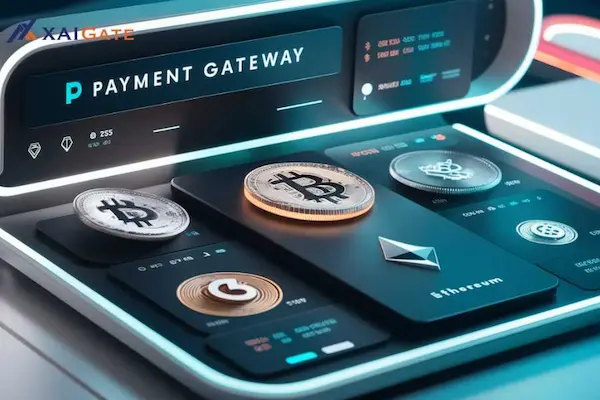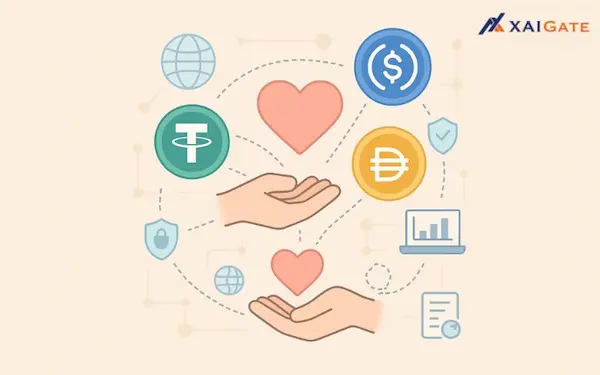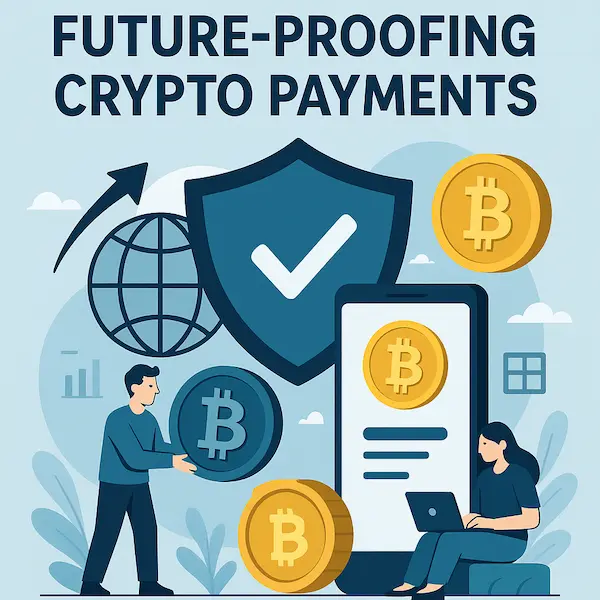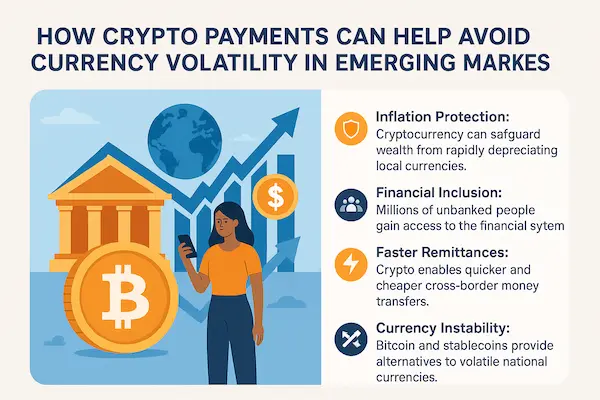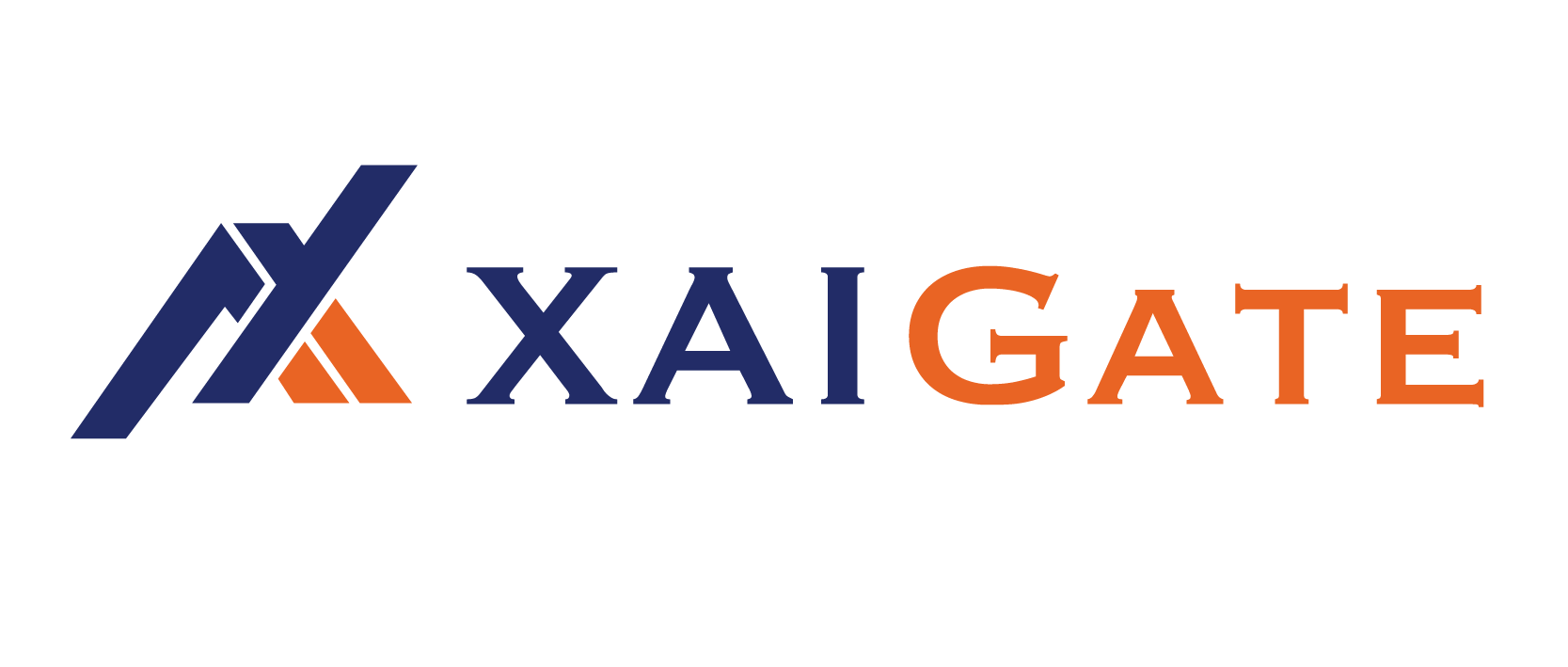And that if the Digital Payments Business is a potential avenue your business is intrigued by maybe by the accomplishments of platforms such as Xaigate then your most prevailing question without question is, “What is the true cost to develop crypto payment gateway?” The vague often short retort tossed out by development companies in the ballpark ranging from $8,000 to over $40,000 in startup costs is sadly unforgivably incomplete. This charge is only a portion of the story. The real financial investment and the key to continued existence in this marketplace come with getting a line on your Total Cost of Ownership (TCO): All of the unseen and continual operational, compliance, and maintenance expenses.
This inclusive guide will peel back each layer of financial veneer to give a transparent and intricate view of the investment required to build and act on a viable crypto payment gateway in 2026.
Contents
- 1 Why knowing the cost to develop crypto payment gateway exceeds the initial quotation
- 2 Major elements influencing the upfront cost to develop crypto payment gateway
- 3 A realistic breakdown of the upfront cost to develop crypto payment gateway
- 4 The crucial analysis: calculating the total cost of ownership (tco)
- 5 White-label vs. custom development: evaluating the alternatives
- 6 Key Technical and Market Challenges in Development
- 7 Strategic roadmap for mitigating the cost to develop crypto payment gateway
- 8 Frequently Asked Questions (FAQ)
- 9 Conclusion: making an informed investment in the digital economy
Why knowing the cost to develop crypto payment gateway exceeds the initial quotation
The popular error that most newbies make is paying keen attention to only the development invoice. This ignores a perspective that does not take into consideration how dynamic, high-security, and ever-evolving blockchain technology is. The real cost to develop crypto payment gateway should include an investment made continuously in its security as well as compliance with all regulations in a landscape of ever-changing regulations.

The hidden pitfalls of ignoring total cost of ownership (tco)
Ignoring the TCO will let the project fail even if it has a well-built product. An example of this would be a great gateway created for $30,000 and requires $10,000 annually just for its upkeep in maintenance, regulatory compliance updates, and specialized security personnel. In the absence of such budgetary foresight, technical debt vulnerability to security flaws and legal penalties accrue quickly against the platform. The initial cost to develop crypto payment gateway is just an entry fee; TCO is the operating cost of the business.
Building a competitive advantage via strategic budgeting
A smart company applies the TCO analysis. By correctly predicting long-term infrastructure and compliance costs, you are able to set on a sustainable transaction fee structure (like the low rates offered by Xaigate) that is profitable without taking you out of the market. This means, strategic budgeting for your platform to afford the innovations which are competing against established players.
Major elements influencing the upfront cost to develop crypto payment gateway
The broad range in initial development estimates relates directly to how complex the features are and the experience level of the team. Detailing your requirements is the only way to accurately predict your cost to develop crypto payment gateway.

Feature set and complexity: mvp vs. full-scale platform
The gap between a Minimum Viable Product (MVP) and a full-scale commercial platform can multiply by four or even more the development time and expenses.
Core features: the foundation of your payment rails
Core features are baseline functionalities that ensure the gateway works and constitutes the basic cost to develop crypto payment gateway. Secure user registration and authentication, basic wallet integration, real-time price feeds to support accurate invoicing, QR code generation for ease of payment, and simple dashboards providing transaction history are listed here. An MVP that focuses solely on these elements keeps costs lower.
Advanced features: justifying the premium investment
To compete with platforms like Xaigate, you will need to invest in advanced features that hugely sum up the cost to develop crypto payment gateway. Such features include multi-currency support, automated crypto-to-fiat conversion (majorly for volatility mitigation), and comprehensive API integration ready for different e-commerce platforms such as Shopify and WooCommerce. Others are advanced analytics tools and tax reporting tools, among many others including multi-signature wallet security. These features come at a higher price but bring great value to merchants.
Tech stack challenge: juggling multi-chain integration with smart contracts
The blockchain networks to be used is another major cost factor. It is much cheaper to develop a gateway capable of handling payments on a single network like Bitcoin than it would be if it had to handle Ethereum, Solana, and Binance Smart Chain (BSC). Multi-chain integration means more nodes, more unique API calls, and complicated smart contract development-all requiring expertise from developers and therefore significantly increasing the cost to develop crypto payment gateways.

Development team structure and regional outsourcing variations
The hourly rate of your development team is big. A normal team needs a Project Manager, a UI/UX designer, very skilled Blockchain Developers, Backend and Frontend Engineers, plus QA specialists.
- In-House Team: Biggest upfront and repeat pay costs but gives most control.
- North American/European Agency: High hourly rates (often $100-$200+) leading to a high cost to develop crypto payment gateway.
- Eastern European/Asian Agency: Lower hourly rates (often $40-$80+) can lower the initial cost but may introduce coordination challenges and require higher project management oversight.
Security protocols and mandatory compliance features (kyc/aml)
Security is non-negotiable for a substantial fixed cost. 2FA, external security audits, and the integration of mandatory compliance features such as KYC (Know Your Customer) and AML (Anti-Money Laundering) checks require both special third-party services and time in development separately allocated. These critical security and compliance costs form major parts in the overall cost to develop crypto payment gateway.
A realistic breakdown of the upfront cost to develop crypto payment gateway
The phased approach should be understood upfront for the initial budget to be managed. Different focuses and cost allocations characterize the various stages.
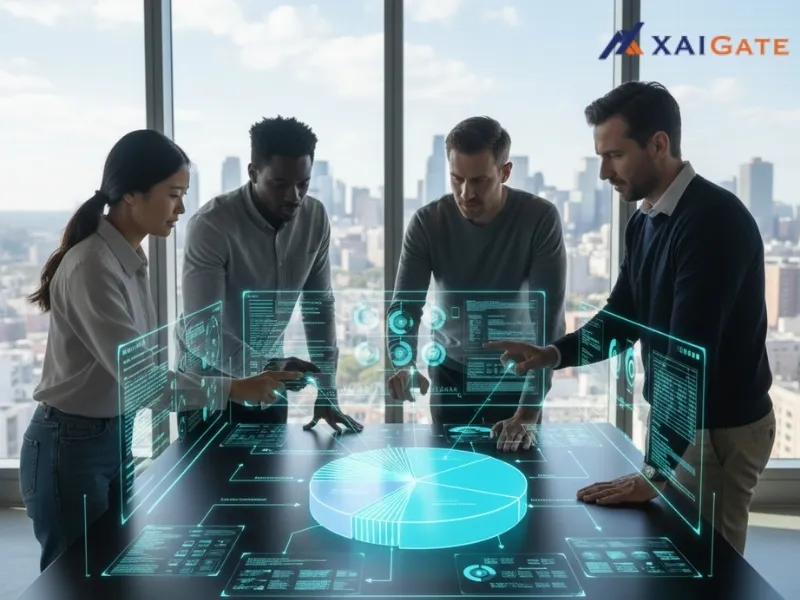
Phase 1: discovery, detailed planning, and technical architecture (10-15% of budget)
This first stage, usually 1-2 weeks long, is the intellectual heart of the project. It covers deep requirement gathering work, technical specification document creation, security architecture setup, and user journey mapping. Though it looks like a small phase, cutting its quality makes room for costly overhauls later on. An in-depth planning phase is key to keeping the final cost to develop crypto payment gateway low.
Phase 2: ui/ux design and prototyping (5-10% of budget)
Essential is great design for merchant and customer adoption. Within a period that normally takes between 2-3 weeks, wireframes, high-fidelity prototypes, and the final visual design of the merchant dashboard as well as the customer checkout screens are developed. A custom, intuitive design costs more but is necessary to compete with the clean interfaces offered by industry leaders.
Phase 3: core development, coding, and backend integration (50-65% of budget)
This will be the most resource-consuming stage, taking up a big part of the cost to develop crypto payment gateway. It includes frontend interface development, secure backend server setup, smart contracts coding as well as integration with selected blockchain nodes and some third parties like fiat conversion APIs and KYC providers. The duration here is 4 to 12 weeks based on how many advanced features are selected.
Phase 4: rigorous testing, quality assurance, and security audit (15-20% of budget)
The gateway cannot be made live until and unless it passes the stringent tests. It has to be tested functionally as well as for load scalability and performance but above all, an exhaustive third-party security audit on all smart contracts and API endpoints. Assigning a big share of the cost to develop crypto payment gateway in this phase is actually an investment towards preventing huge financial loss later on.
The crucial analysis: calculating the total cost of ownership (tco)
Initiate their calculations of the Total Cost of Ownership from the moment their portal becomes operational, frequently surpassing by a wide margin the original setup expenses over a span of five years.
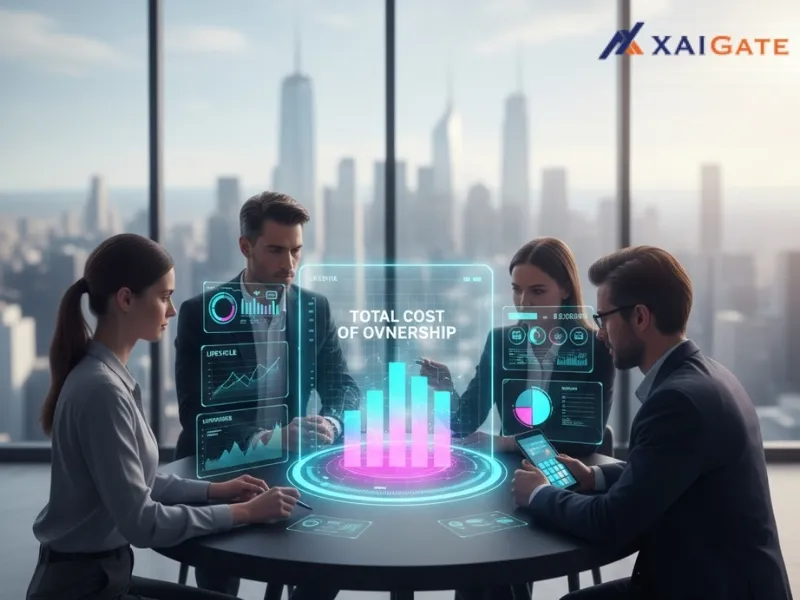
Ongoing support and mandatory software upgrades
Allocate 15-20% of the initial development cost every year toward maintenance. It includes fixing bugs, updating libraries, patching security vulnerabilities, and ensuring compatibility with new operating systems and browser versions. If this is not budgeted for, what happens is a degraded user experience plus an added security risk.
Cloud infrastructure, hosting, and scalability expenses
It is not cheap to run the infrastructure for a high-volume crypto payment gateway. Cloud hosting services (AWS, Google Cloud) start from $200 per month for MVP up to above $2,000 per month when there is high traffic on the platform. This cost scales directly with transaction volume and data storage needs.
The unpredictable expense: blockchain network (gas) fees
Every on-chain interaction e.g. settling payments on Ethereum comes with a gas fee. This is the cost of doing business on decentralized networks that cannot be avoided. While Bitcoin fees are relatively stable, in Ether they can not only become high but also spike unpredictably during network congestion. Is your payment gateway profitable? Can it remain stable?
Regulatory, legal, and licensing overheads
Compliance is a recurring expenditure. As governments around the world perfect their crypto regulations, your crypto payment gateway has to be updated both legally and technically. An important and recurring part of the TCO is continuous legal counsel as well as licensing fees in new jurisdictions plus periodic updates to KYC/AML software.
White-label vs. custom development: evaluating the alternatives
Not every business must incur the full cost to develop crypto payment gateway from scratch. White-label solutions offer a viable alternative.
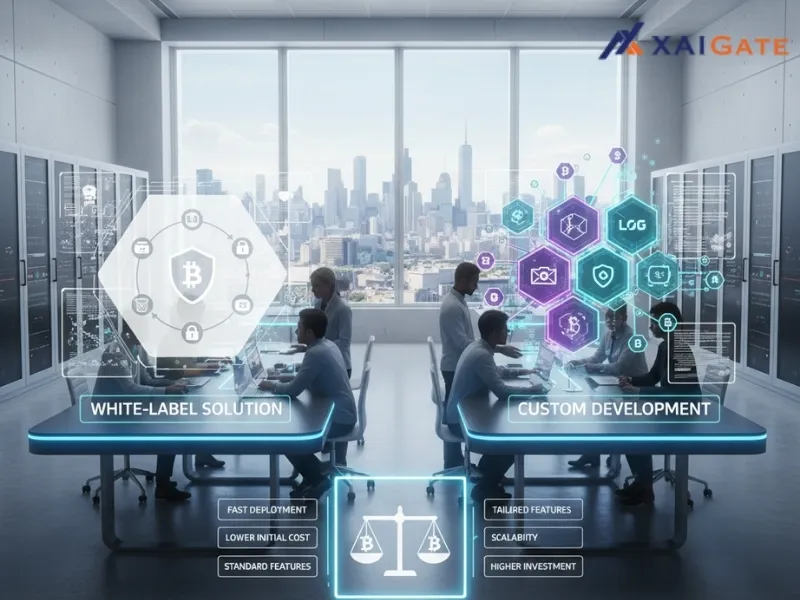
The white-label appeal: speed, low entry cost to develop crypto payment gateway, and trade-offs
The white-label solution is essentially a response of applied platforms, which can finally be branded with your own brand. The initial investment is considerably cheaper, somewhere between $3,000 and $15,000, and gives an opportunity for very quick market entry. There are however some fees to use the product on an ongoing subscription basis and per transactions made plus having practically no control over core technology or its roadmap that might be some blocks in this model.
Custom development: control, differentiation, and long-term viability
Though custom development has a much higher cost to develop crypto payment gateway in return one gets complete control over the intellectual property, security architecture, and future scalability. If your long-term strategy requires offering unique, proprietary features or getting integrated deeply with legacy systems(highly recommended the way Xaigate does with enterprise clients), custom is the only viable path.
Key Technical and Market Challenges in Development
Successful, development means anticipating and engineering solutions for common blockchain-specific hurdles.

Read more: TOP Businesses That Benefit the Most from Crypto Payments?
Real-time volatility mitigation and fiat conversion implementation
The system shall be integrated with decentralized price oracle services so as to fetch real-time exchange rates. In this way accurate invoicing will be ensured and also the crucial instant fiat conversion feature which protects merchants from market volatility enabled. This mechanism is complex to engineer thus significantly contributing to the cost to develop crypto payment gateway.
Ensuring robust security against complex decentralized threats
Losses in Crypto can be very devastating. There shall be a design of layers of security within the platform, whereby some of the large reserves are kept in cold storage. Others include multi-signature transaction approval and continuous penetration testing to ensure protection against vulnerabilities emanating from smart contracts as well as malicious attacks.
Scalability design: handling mass adoption without performance bottlenecks
It must be ready to welcome variable volumes of traffic surges at any point without breaking down or slowing. High scalability backend infrastructure setup load balancers, containerization (Docker/Kubernetes), and proper database sharding is work for specialists and adds up in the total cost to develop crypto payment gateway.
Strategic roadmap for mitigating the cost to develop crypto payment gateway
A smart strategy looks to invest nominal in the long run while ensuring long-term success.

Read more: Benefits of XAIGATE’s Bitcoin Merchant Account in 2026: Boost Profits and Stay Ahead
Leap in with a focused mvp and iterate according to market feedback
Don’t try to build every advanced feature on day one. Deploy a lean MVP, collect real-world data and merchant feedback, and then reprioritize future feature builds based on proven demand. This iterative approach cuts down on unnecessary initial spend and makes each development dollar spend worthy.
Partnering with the Xaigate experts for dedicated integration support
Don’t reinvent the wheel; embrace existing platforms like Xaigate which generally provide API tools and white-label parts for some features instant fiat conversion, or compliance checks. Using such specialized tools can drastically reduce the initial cost to develop crypto payment gateway while leveraging proven, secure technology.
Frequently Asked Questions (FAQ)
1. What is the usual upfront cost to make a crypto payment gateway (MVP)?
The upfront development cost to develop crypto payment gateway (MVP) usually falls between $8,000 and $40,000. It depends mostly on how complex the features are and where the development team is located.
2. What does TCO mean, and why does it matter more than the initial cost?
TCO is an acronym that means Total Cost of Ownership. It represents not only the initial development cost but also all long-term, ongoing expenses, such as maintenance, security updates, cloud hosting, and regulatory compliance fees. TCO matters more because it is what makes your gateway sustainable and profitable in the long run.
3. Does multi-chain support increase the development cost significantly?
Certainly, adding many blockchain networks (like Bitcoin, Ethereum, and Solana) greatly raises cost to develop crypto payment gateway. Every chain needs special API link, node upkeep, and set time for building.
4. How much should I budget annually for maintenance?
The best practice would be to set aside between 15% and 20% of the initial development cost as an annual expenditure toward maintenance, including bug fixes, server upkeep, and security patches. In the case of a $30,000 gateway, that would be equivalent to $4,500-$6,000 per year.
5. Can white-label solutions truly reduce the cost to develop crypto payment gateway?
Yes, White-label solutions slash the upfront cost to develop crypto payment gateway by offering a ready platform, somewhere between $3,000 and $15,000 setup most times. You will have to pay recurring subscription and transaction fees though, plus having limited customization control.
6. What is the single biggest technical risk that adds to the TCO?
The greatest risk is in security and compliance, not investing in rigorous security audits and continuous regulatory updates(KYC/AML) can lead to financial losses that may be equivalent to or even surpass the initial investment. Besides, one may face a severe legal penalty-this adds enormous unscheduled costs to your TCO.
Conclusion: making an informed investment in the digital economy
The real cost to develop crypto payment gateway is a multi-layered financial undertaking. The immediate setup cost can be controlled with an MVP and smart outsourcing, but long-term viability depends fully on getting the Total Cost of Ownership (TCO) right. Plan for regular compliance, upkeep, and swings in blockchain fees to go beyond just the starter price. Treat this spending with taccost to develop crypto payment gatewaytical insight, know that nonstop protection is needed, and you’ll have what it takes to make a crypto payment gateway that’s strong and able to compete as well as gain for many years ahead.
Follow XAIGATE’s blog for daily updates!
We’re also on X (@mxaigate), GitHub and Linkedin! Follow us!

